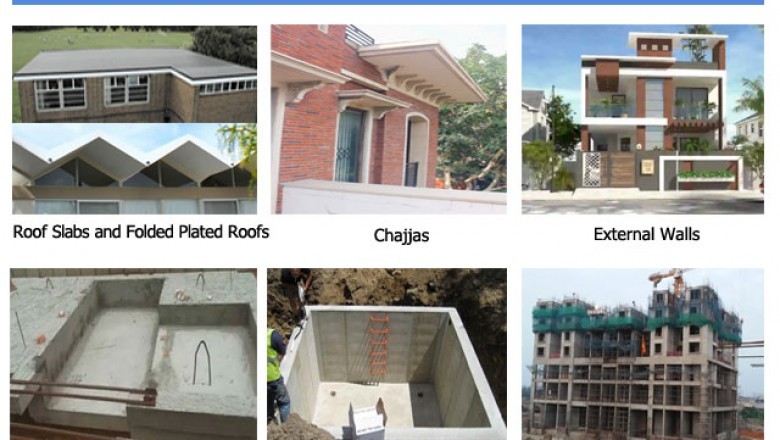views

WATERPROOFING FOR HEALTHY STRUCTURES | BY SUNANDA GLOBAL (PART 1)
Waterproofing Practices - An Introduction
“No material is itself durable or non-durable, it is the interaction of the material with its in-service environment that determines its durability” - says a well-known concrete technologist Larry Masters. Thus, with reference to concrete, durability will depend on the nature of the concrete (and that means impermeability) and the aggressiveness of the in-service environment. The three important steps that ensure adequate durability of concrete in-service are:
- Compliance with current standards of good practice during construction.
- The use of new and improved materials and innovative construction systems designed for increased durability at competitive costs.
- Provision of protection to the existing undamaged structures against adverse environments.
However, in spite of all the precautions, there are several other factors that can affect the durability of concrete. Though, innumerable to list out, these factors can be mainly grouped under four principal categories viz:
- Construction practices,
- Design,
- Material characteristics, and
- Exposure conditions.
The appropriate knowledge or lack of the same regarding these four categories leads to distress and defects in the concrete structures and that is often the initiation point of the deterioration in the health of the concrete structure. In the Indian context, these four parameters have caused havoc in the alter part of the century, and thus, it becomes our paramount responsibility to introspect, evaluate and rectify the blunders and march confidently towards the future with healthy waterproof structures.
The defects and the distress in the structures are manifested in several ways but generally observed manifestations are dampness and leakages. Needless to say, though there are several independent reasons for leakages in the structures, the well-thought-out methods to waterproof a structure can give long-lasting rewards. Thus, it is a well-identified aspect of durability to offer good waterproofing to a structure.
To bring out various near-perfect methods of waterproofing based on the latest developments in the world of material science.
Click below to read the next part of the article.
Waterproofing of the structure
About the author

Dr. S. K. Manjrekar (Ph.D. Bombay University - 1977), Dr. S. K. Manjrekar is Chairman and Managing Director of a well-known construction chemicals company in India - M/s. Sunanda Speciality Coatings Pvt. Ltd.,for last 40 years. Operations in UAE, Oman, Nepal, Tanzania and USA.
He is actively working on several technical and administrative committees of American Concrete Institute (ACI) in USA.
He teaches concrete field testing course of ACI to engineers of India as a ‘Train the Trainer’ initiative.
He has published more than 200 papers in various national and international journals.
He has given more than 100 key note lectures in the field of Concrete, Corrosion Prevention, Waterproofing and Nano materials etc.
Lectured extensively internationally in Countries - United Kingdom - London, Leeds University, United States of America - Pittsburgh, Malaysia, Oman, Dubai, Sharjah, Kuwait, Romania, Hong Kong – Hong Kong University and many more as an invited keynote speaker.
He is the guest editor of International journals in UK, USA and Mexico.












